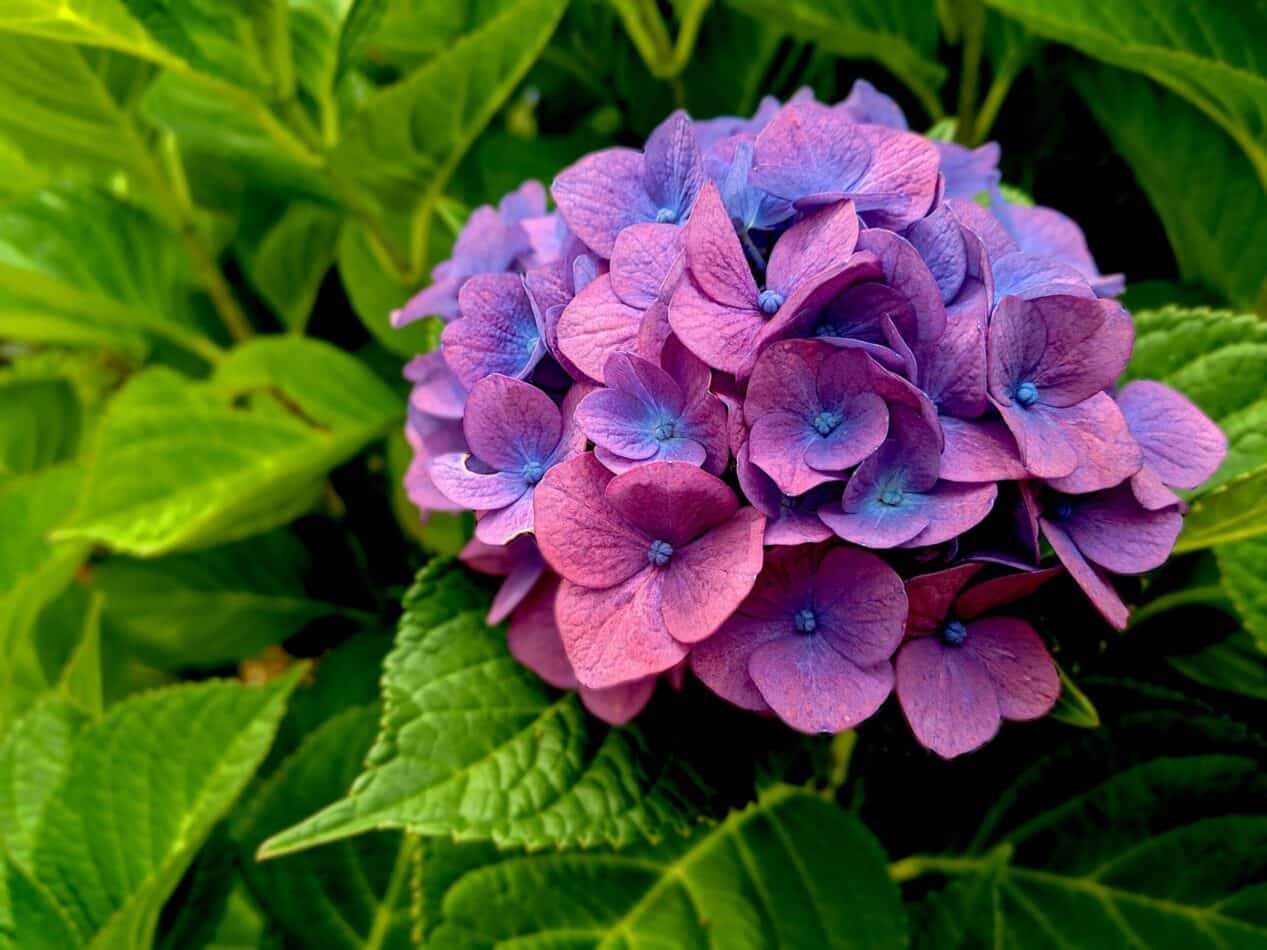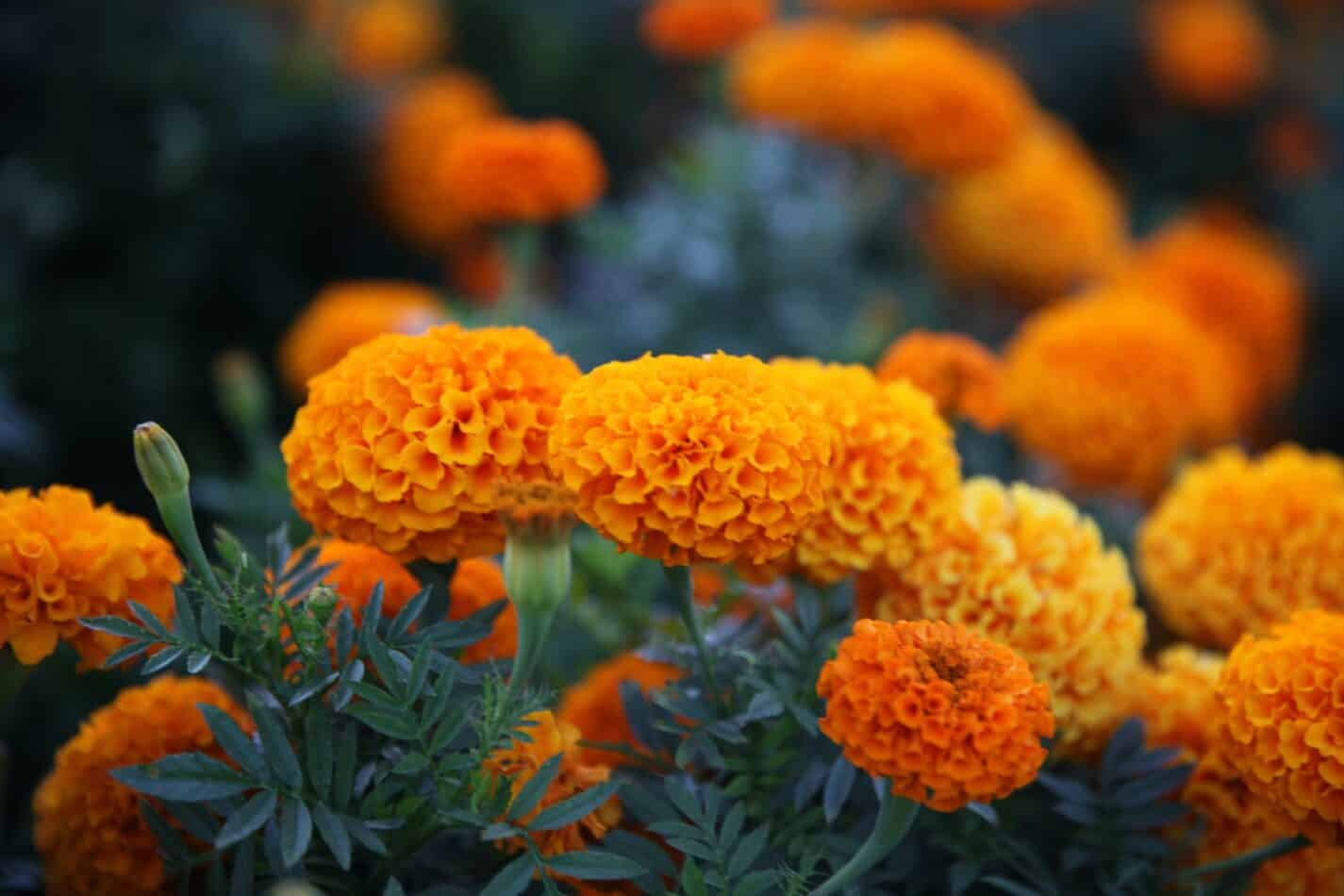Lechenaultia biloba, commonly known as Blue Lechenaultia, is a rare species of flowers native to Western Australia. Discovered in 1839, the flower is a spreading shrub with a height of one meter that is found in the southwestern parts of Australia. While the shrub grows all year around, it flowers between July and December, adding a last punch of color to gardens and other outdoor settings. The flowers are usually blue or dark blue and they have six petals. The rare flower needs well-drained soil to remain healthy and grow easily.
Family
Lechenaultia biloba belongs to the lechenaultiaceae family, whose members are generally woody shrubs or herb with exceptions for trees in some cases.
Plant Type
Lechenaultia biloba is a perennial flowering shrub.
How to Plant
To enjoy the beauty of Blue Lechenaultia, you need to plant it in well drained soil which has a good drainage quality. Planting can be done both at outdoor garden settings or indoor potting. The flower is adapted to both direct and indirect light but does better in partial or full sun. To keep the flower healthy and thriving, the soil should be kept at a slightly acidic pH with regular watering. In case you are planting them outdoors and temperatures are expected to drop below freezing, mulch the area around it for better and additional warmth.
Meaning and Symbolism
The name Lechenaultia biloba comes from the French lechenault meaning “lover of shade”. This reflects the fact that the flowers usually flourish best when grown in more shaded conditions. Additionally, Blue Lechenaultia have come to represent innocence, respect, and a never-ending love.
History, Mythology and Religious Significance
The flower has been in existence since the late 1880s, when it was so widely spread as an exotic ornamental plant that a specific order of its’ bulbs was placed in the flower exchange of Adelaide. It is mentioned in aboriginal mythologies where the flower is said to be related to the folklore of the Rainbow Serpents. Additionally, different varieties of Lechenaultia biloba have been used by Australian Aborigines to represent important and significant initiatory ceremonies and rituals.
Flower Varieties and Defining Characteristics
The most common type of Blue Lechenaultia is the Lechenaultia biloba, also known as the Blue Lechenaultia. This type has a small, bright-blue flower with six spreading petals, and a neat and tidy growth habit. Other varieties include the White Lechenaultia, a white version of the same flower type, and the Rock Lechenaultia which is characterized by its bright pink petals and more irregular growth habit.
How to Pot and Repot
To pot Blue Lechenaultia, choose a container that allows roots to spread and that is made from either clay/ceramic or plastic. A good soil mix should be used, and it generally consists of 3 parts good topsoil, 1 part perlite, 1 part organic matter, and 1 part peat moss. Additionally, the container should have drainage holes to allow for proper water drainage. Repotting should be done every second or third year, for healthy growth.
How to Prune
Pruning Blue Lechenaultia is necessary for the plant’s continued health as it encourages continual flowering and helps to maintain a growth habit that’s neat and tidy. In case of an overgrown shrub, first use a sharp pruning shears to reduce its compact size, then pinch or snip off the small branches in a careful manner for further refining. Do so sparingly, as too much pruning will reduce flowering.
How to Propagate
Propagation of Blue Lechenaultia can be accomplished either by sowing its seeds or via stem cuttings. Sowing seeds is quite straightforward and doesn’t involve much work. If taken from an existing plant, stem cuttings should be at least 10 cm, planted in a prepared soil mix, and maintained in a sheltered spot until they are established and root properly.
Common Pests and Diseases
Blue Lechenaultia, like most flowers, can be affected by different kinds of pests and diseases. The most common ones are aphids, scale crawlers, spider mites, whitefly, and mealybugs. To control them, check for the tell-tale signs regularly and, in the case of finding them, use a registered pesticide or insect spray. Additionally, various fungal diseases can plague the leaves and cause discoloration, brown spots, or powder. To prevent and control these, ensure good aeration and ventilation around the plants, as well as removing dead and infected leaves.
Frequently Asked Questions
Q: How often do Blue Lechenaultia flowers bloom?
A: Blue Lechenaultia flowers bloom annually, between the months of July and December.
Q: How much sun does Blue Lechenaultia need?
A: Blue Lechenaultia is quite adaptable and can survive in both direct and indirect light, but it does prefer partial or full sun.
Q: Are Lechenaultia biloba flowers toxic?
A: No, Lechenaultia biloba flowers are not known to be toxic to humans or animals.
Table Fact Sheets
| Blue Lechenaultia | Lechenaultia Biloba |
|---|---|
| Family | Lechenaultiaceae |
| Plant Type | Perennial |
| Mature Size | 1 m (3.3 ft) |
| Sun Exposure | Partial or full sun |
| Soil Type | Well-drained soil |
| Soil pH | Slightly acidic |
| Bloom Time | July to December |
| Flower Color | Blue to dark blue, sometimes cream |
| Hardiness Zones | 8 through 10 |
| Native Area | Western Australia |
What we love from Amazon this week
Buy these wonderful flowers directly from Amazon:















